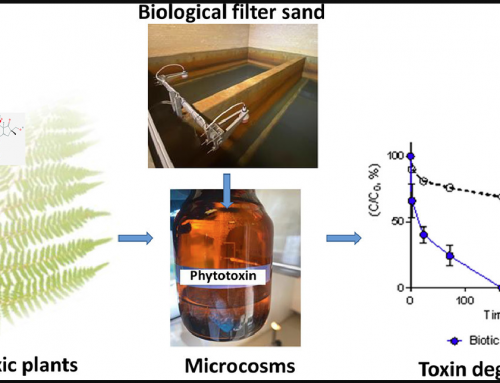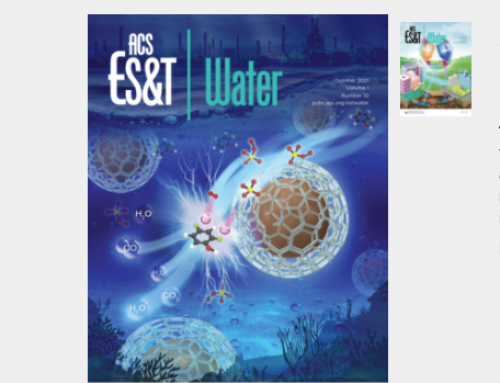Hi all…lest we forget the lessons the May 2000 Walkerton E. coli/Campylobacter outbreak (in which seven people died, and more than 2,300 became ill) taught us I thought I’d circulate a report of a very similar animal wastewater intrusion into groundwater event that occurred in 2017 leading to a campylobacteriosis outbreak. It was published in the US Center for Disease Control and Prevention’s (CDC) Morbidity and Mortality Weekly Report on Feb 22, 2019. A brief summary is below, it is open access. Here’s the link to the Walkerton Inquiry report, both parts are available for download, and there is an option to order hard copies: http://www.archives.gov.on.ca/en/e_records/walkerton/index.html
Bill
Campylobacteriosis Outbreak Associated with Contaminated Municipal Water Supply — Nebraska, 2017
Pedati C, Koirala S, Safranek T, Buss BF, Carlson AV
MMWR Morb Mortal Wkly Rep 2019; 68(7):169–173. DOI: http://dx.doi.org/10.15585/mmwr.mm6807a1
https://www.cdc.gov/mmwr/volumes/68/wr/pdfs/mm6807a1-H.pdf
Summary
“In March 2017, the Nebraska Department of Health and Human Services (NDHHS) and the Southwest Nebraska Public Health Department were notified of an apparent cluster of Campylobacter jejuni infections in city A and initiated an investigation. Overall, 39 cases were investigated, including six confirmed and 33 probable. Untreated, unboiled city A tap water (i.e., well water) was the only exposure significantly associated with illness (odds ratio [OR] = 7.84; 95% confidence interval [CI] = 1.69–36.36). City A is served by four untreated wells and an interconnected distribution system. Onsite investigations identified that a center pivot irrigation system intended to pump livestock wastewater from a nearby concentrated animal feeding operation onto adjacent farmland had malfunctioned, allowing excessive runoff to collect in a road ditch near two wells that supplied water to the city. These wells were promptly removed from service, after which no subsequent cases occurred. This coordinated response rapidly identified an important risk to city A’s municipal water supply and provided the evidence needed to decommission the affected wells, with plans to build a new well to safely serve this community.”





